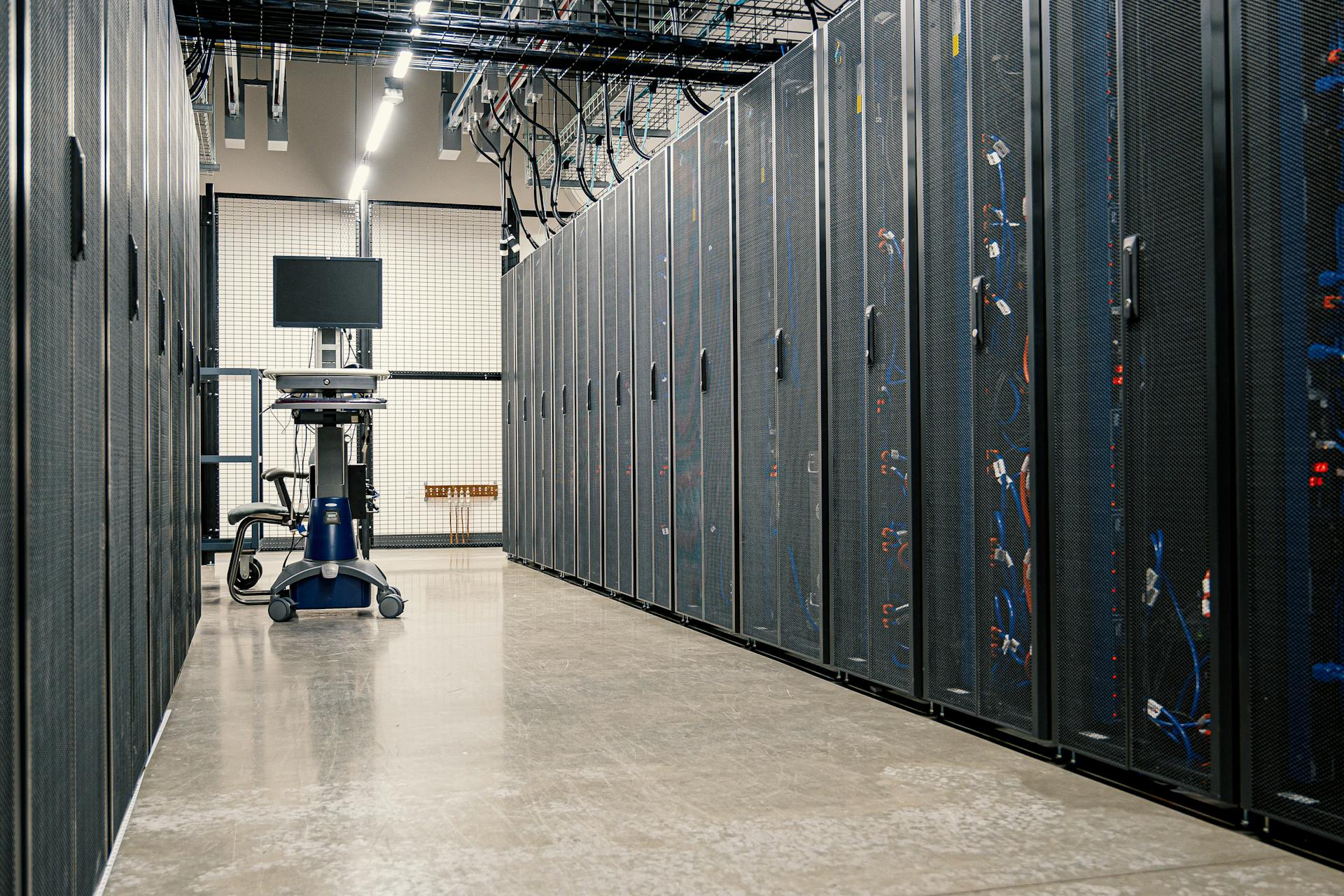A projected surge in data-dependent technologies, including the Internet of Things (IoT) and generative artificial intelligence (AI), globally will require substantial IT infrastructure support provided by edge data centers. Analysis by global real estate consulting firm JLL (NYSE: JLL) predicts edge IT infrastructure and data centers will become a $317 billion market globally by 2026, representing a 107% growth from the 2020 market valued at $153 billion.
JLL defines an edge data center as a facility that brings computing power closer to where the data is generated or consumed. Globally, the growth of edge computing will be influenced by the not only the emergence several technology-based megatrends but also the need for faster data transfer and high computation, as well as factors such as policies and regulations. From an infrastructural standpoint, organizations rely on edge data centers to process and analyze data in real-time at the edge of the network, facilitating faster decision-making and more efficient operations.
The rise of edge IT infrastructure focused on data centers will mirror the growth of IoT devices, which JLL analysis projects will expand at a compound annual growth rate (CAGR) of 9.8% over the next five years. JLL’s analysis of a 2023 survey1 of data center professionals cited the requirement for low latency and high bandwidth (41%) was the most important driver for edge data center deployments, followed closely by data security and privacy (38.3%).
Consumers and enterprises demanding improved products and services like low latency, high computing, generative AI and omnipresence will likely ensure that the cloud environment and future of edge data centers remain healthy with the opportunities observed. In addition, Asia Pacific (APAC) and the Middle East North Africa (MENA) regions, which hold significant growth potential due to rising internet and mobile penetration among the rural population, will further support opportunities in the addressable edge data center market. In the United States, 21% of data center development is happening in edge geographies.
“Consumers and corporations will continue to adapt to transformational technologies within daily life and without the distribution of data processing and storage across various locations, cutting edge efficiencies and solutions like IoT and generative AI will not transition to mainstream acceptance,” said Jonathan Kinsey, EMEA Lead and Global Chair, Data Centre Solutions, JLL. “Edge data centers will be essential to ensure both seamless business operations in the future economy while also improving security measures and protecting against potential disruptions. By lowering latency by bringing the computing infrastructure closer to the data source and user, edge IT infrastructure will become an essential component in the international economy.”
JLL analysis concludes that enterprises typically use a combination of different data center types, including on-premises, colocation, cloud and edge, when deploying their IT infrastructure, depending on user needs. However, the continual growth in data and connected devices has driven the need for increased storage, computing and network capabilities closer to the end points of use and created a need for edge computing and associated data centers.
The size of the edge computing market can be measured in different ways. JLL’s estimate of a $317 billion total addressable market comprises the complete IT infrastructure, colocation revenue, colocation supply and cloud services revenue, all specifically at the edge. From the IT infrastructure lens, the edge computing market consists of all the IT hardware, including storage, computing and networking equipment that enable the delivery of digital services at the furthest points of a network.
Learn more in JLL’s The Enduring Significance of Edge Data Centers report.
1 Source: DatacenterDynamics, Enterprise Edge Adoption Trends Survey Report, 2023.
Related Stories
Giants 400 | Feb 9, 2023
New Giants 400 download: Get the complete at-a-glance 2022 Giants 400 rankings in Excel
See how your architecture, engineering, or construction firm stacks up against the nation's AEC Giants. For more than 45 years, the editors of Building Design+Construction have surveyed the largest AEC firms in the U.S./Canada to create the annual Giants 400 report. This year, a record 519 firms participated in the Giants 400 report. The final report includes 137 rankings across 25 building sectors and specialty categories.
Data Centers | Feb 6, 2023
Modular electric rooms are the new normal
Southland Industries breaks down the prefabrication benefits of Modular Electric Rooms (MERs).
Sponsored | Resiliency | Dec 14, 2022
Flood protection: What building owners need to know to protect their properties
This course from Walter P Moore examines numerous flood protection approaches and building owner needs before delving into the flood protection process. Determining the flood resilience of a property can provide a good understanding of risk associated costs.
Data Centers | Nov 28, 2022
Data centers are a hot market—don't waste the heat!
SmithGroup's Brian Rener shares a few ways to integrate data centers in mixed-use sites, utilizing waste heat to optimize the energy demands of the buildings.
Giants 400 | Nov 9, 2022
Top 50 Data Center Contractors + CM Firms for 2022
Holder, Turner, DPR, and HITT Contracting head the ranking of the nation's largest data center contractors and construction management (CM) firms for 2022, as reported in Building Design+Construction's 2022 Giants 400 Report.
Giants 400 | Nov 9, 2022
Top 60 Data Center Engineering + EA Firms for 2022
Jacobs, Burns & McDonnell, WSP, and Alfa Tech top the ranking of the nation's largest data center engineering and engineering/architecture (EA) firms for 2022, as reported in Building Design+Construction's 2022 Giants 400 Report.
Giants 400 | Nov 9, 2022
Top 30 Data Center Architecture + AE Firms for 2022
HDR, Corgan, Sheehan Nagle Hartray Architects, and Gensler top the ranking of the nation's largest data center architecture and architecture/engineering (AE) firms for 2022, as reported in Building Design+Construction's 2022 Giants 400 Report.
Data Centers | Oct 31, 2022
Data center construction facing record-breaking inflation, delays
Data center construction projects face record-breaking inflation amid delays to materials deliveries and competition for skilled labor, according to research from global professional services company Turner & Townsend.
Data Centers | Oct 25, 2022
Virginia county moves to restrict the growth of new server farms
Loudoun County, Va., home to the largest data center cluster in the world known as Data Center Alley, recently took steps to prohibit the growth of new server farms in certain parts of the county.
BAS and Security | Oct 19, 2022
The biggest cybersecurity threats in commercial real estate, and how to mitigate them
Coleman Wolf, Senior Security Systems Consultant with global engineering firm ESD, outlines the top-three cybersecurity threats to commercial and institutional building owners and property managers, and offers advice on how to deter and defend against hackers.
















